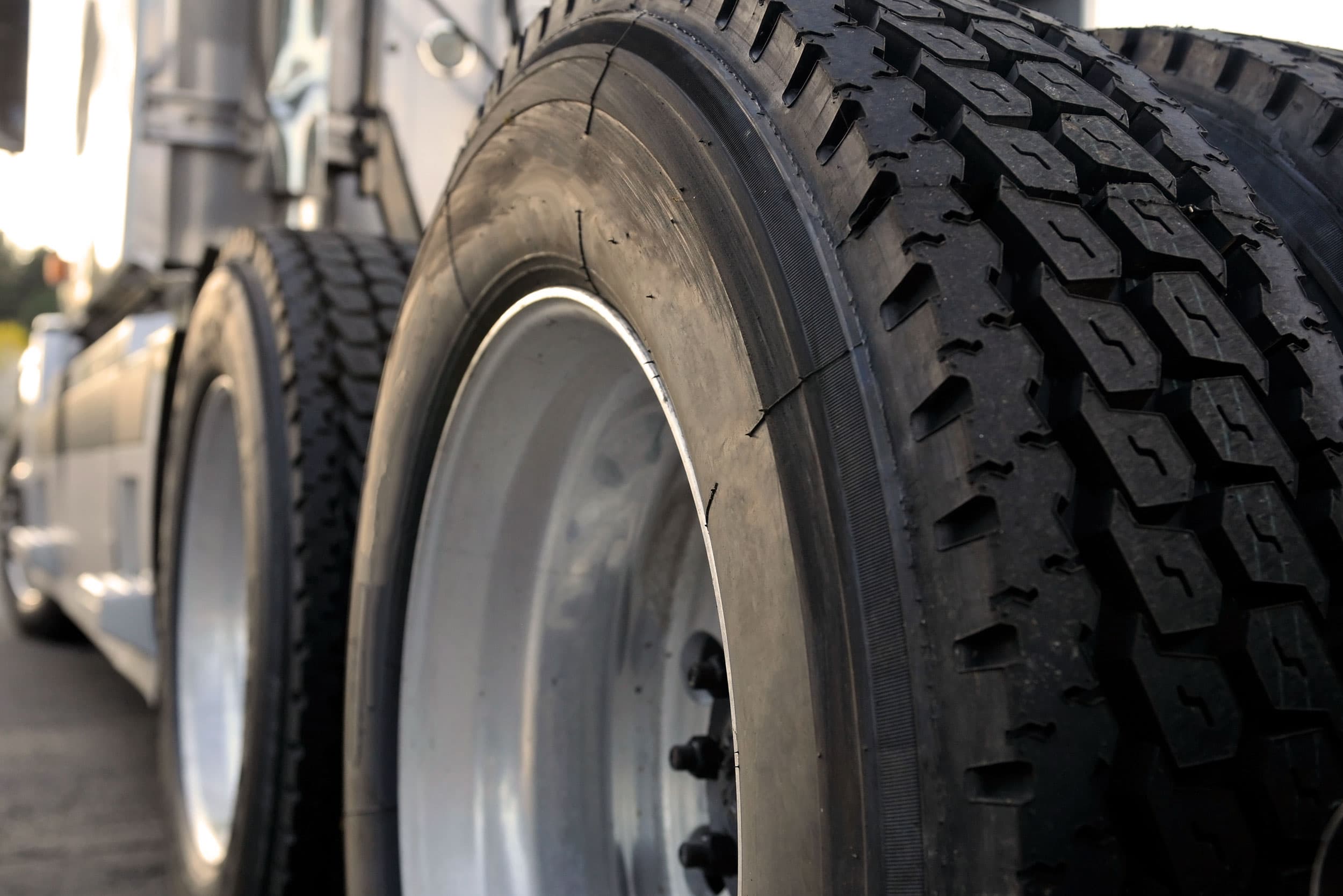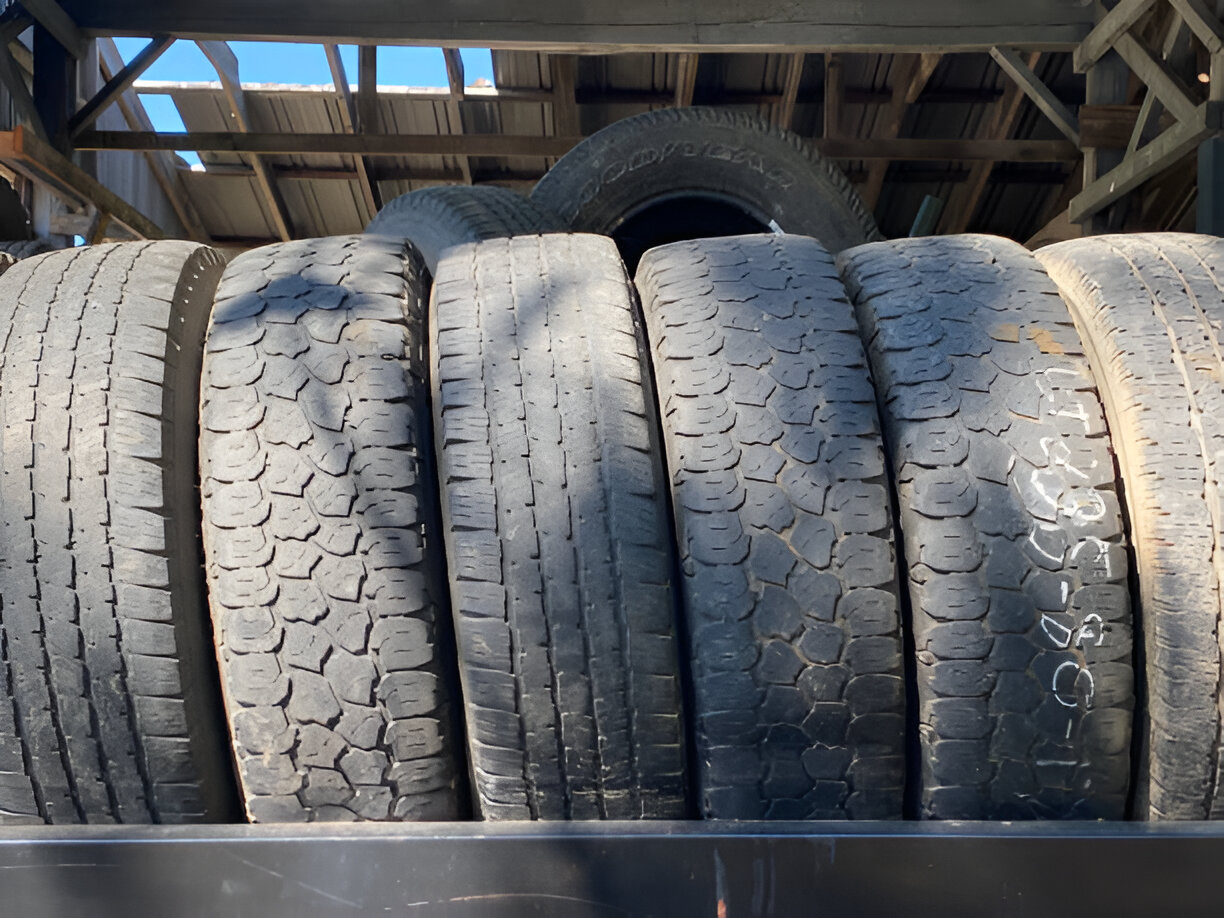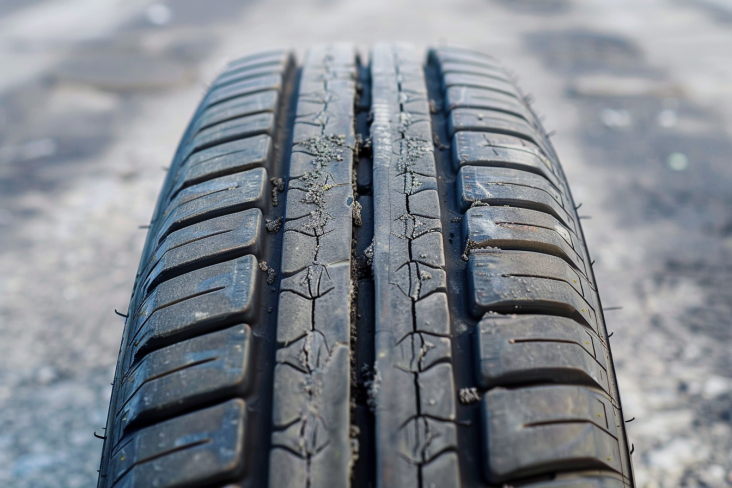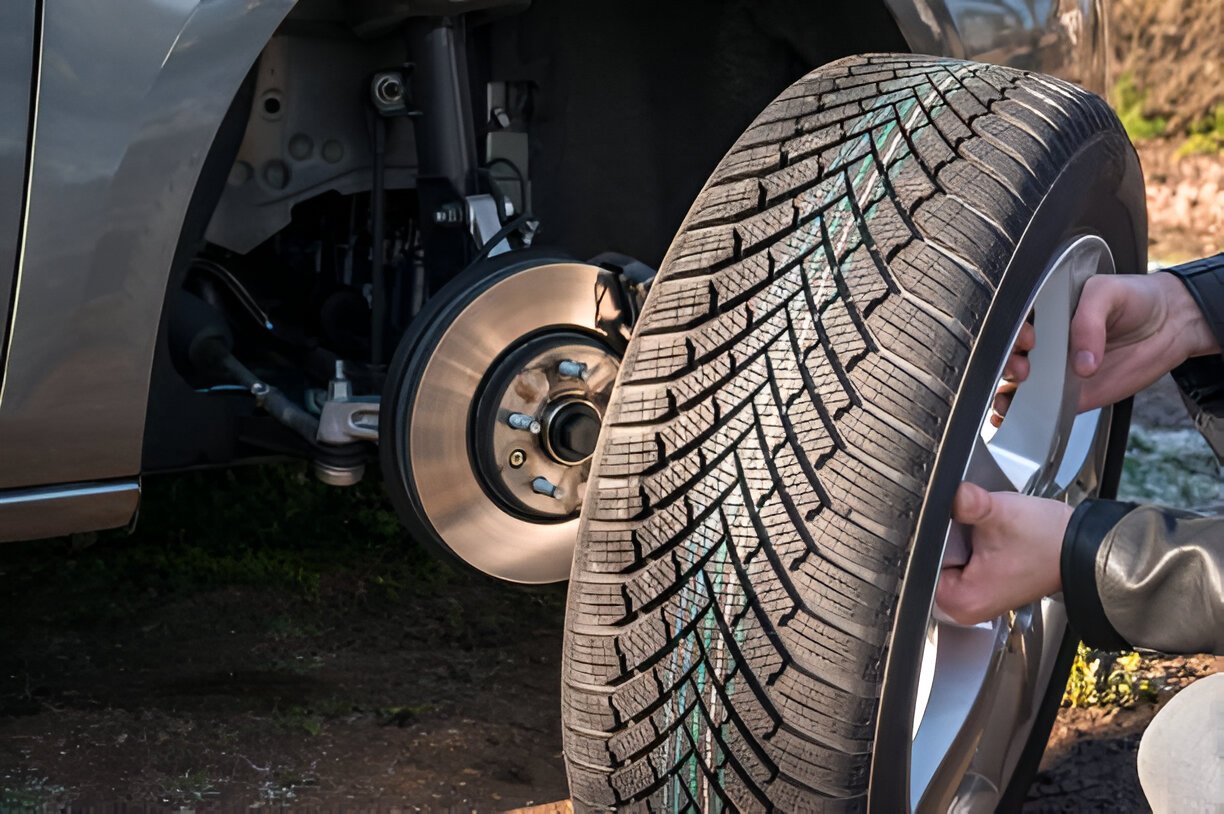Last Updated on April 13, 2025
Why Tire Maintenance Is Your Ticket to Smooth and Safe Travels
Tire maintenance should be a top priority for your vehicle’s safety and performance. Neglecting your tires can lead to various issues, including the dreaded sidewall bubbles. A sidewall bubble means that air has somehow found its way into the internal structure of your tire and that the bonded materials that hold your tire together have become compromised.
If you continue to drive on that compromised tire, the bubble will enlarge, which might cause the sidewall to separate. Tire separation can produce a sudden blowout and a severe accident. Your tire cannot be fixed, and it is dangerous to drive on it. You will need to buy new tires.
In this blog, we’ll explore the essential aspects of tire maintenance that can help you eliminate sidewall bubbles and ensure a smooth, secure ride.
The Importance of Tire Maintenance
Proper tire maintenance isn’t just about prolonging the life of your tires; it’s also about keeping you safe on the road. Here are some critical aspects of tire care:
1. Regular Inspections
Make it a habit to visually inspect your tires regularly. Look for any signs of damage, including cuts, punctures, or bulges on the sidewalls. Identifying issues early can prevent them from developing into more significant problems.
2. Proper Inflation
Maintaining the correct tire pressure is vital. Underinflated or overinflated tires can lead to uneven wear and increase the risk of sidewall bubbles. The recommended tire pressure is found in your vehicle’s owner’s manual.
3. Wheel Alignment
Misaligned wheels can cause uneven tire wear and increase sidewall stress, potentially leading to bubbles. Have your wheel alignment checked regularly, especially after hitting potholes or curbs.
4. Avoiding Road Hazards
While you can’t always avoid road hazards, being cautious and avoiding potholes and debris whenever possible can help prevent sidewall damage.
5. Rotating Tires
Regular tire rotation ensures even wear and extends tire life. Follow your vehicle manufacturer’s recommendations for the rotation interval.
Does my warranty cover my sidewall bubble problem?
If the bubble results from a manufacturing defect, your manufacturer warranty should cover the replacement or a pro-rated replacement of your bad tire. However, don’t count on the bubble being the manufacturer’s fault.
Manufacturing defects in these cases are very unlikely. Most tire bubbling results from a road hazard impact while driving or poor tire maintenance.
What are the usual suspects that probably caused the tire bubble?
Impact with road hazards include:
- hitting curbs hard enough to weaken your tire’s internal cords and ply
- driving too quickly over bumps and road imperfections
- taking potholes too quickly
- going into general road debris
Poor tire maintenance that can cause sidewall damage and bubbling because of a weakened tire structure:
- Underinflated tires create excessive heat that can begin to cut the internal tire bonds
- Overloaded weight, which puts extra stress on tires, also causes extreme heat
- Extended tread wear beyond the recommended 2/32″ of remaining tread removes some of the “armor” that protects your tires.

Will I see signs of a tire bubble immediately after an impact with a road hazard?
Unfortunately, it will be difficult to tell if your tire was damaged immediately after the road hazard impact. Tires are, after all, solid and difficult to rip apart. Except in extreme cases, when your tire is weakened with a sudden blow from a road hazard impact, the tire will continue to look the same, except for a scuff or mark from the incident.
A problem might develop over the weeks or months that follow. As the tire performs under pressure, weakness could eventually compromise it by creating a tiny break in the internal bonding of the tire materials.
Once a small amount of air squeezes into that break, it can be pushed further, expanding the break under driving pressure so the amount of air crammed inside has room to grow. Eventually, that tiny break can become a visible bubble, but by that time, the original road hazard incident might be far from your memory.
Eliminating Sidewall Bubbles
Various factors, including impacts, manufacturing defects, or improper tire maintenance, can cause sidewall bubbles. Here’s what you can do to eliminate them:
1. Immediate Action
If you notice a sidewall bubble, take immediate action. Do not continue driving on the damaged tire, which can lead to a blowout. Instead, safely pull over and replace the affected tire.
2. Consult a Professional
If you’re unsure about the severity of the sidewall bubble or whether it can be repaired, consult a tire professional. They can assess the damage and recommend the best course of action.
3. Quality Replacements
Opt for high-quality tires that meet your vehicle’s specifications when replacing a damaged tire. Investing in reputable brands and quality tires can reduce the risk of sidewall issues.
Are low-profile tires indeed more vulnerable to road hazard damage than other tires?
If driving on low-profile tires, you should be careful not to bang into curbs and other road hazard obstacles. All tires are built to be solid and safe and meet and surpass the U.S.A. D.O.T. safety regulations, but low-profile tires are more susceptible to road hazard damage than other automobile tires.
Conclusion
In the tire care world, the importance of maintenance cannot be overstated. As we’ve discussed, keeping your tires in top-notch condition is pivotal in safeguarding against sidewall bubbles and ensuring a smooth journey. Regular inspections, proper inflation, and diligent upkeep are the keys to maximizing the lifespan of your tires.
Visit our website today to explore a wide range of tire maintenance products and services that will keep you rolling confidently on the road. Your safety and comfort are our priorities, so don’t wait—take action now for worry-free travels. Tire maintenance is not a task to be taken lightly. By mastering the art of proper tire care, you can eliminate sidewall bubbles and enjoy a safer, more comfortable driving experience.
Don’t forget that your tires are the only contact between your vehicle and the road, so prioritize their well-being. And if you ever encounter sidewall issues, remember that swift action is your best defense. Dominate tire maintenance and sidewall bubbles won’t stand a chance on your journey. At Tires Easy, we’re committed to helping you maintain the health of your tires.
F.A.Q.s…
What is the proper maintenance of tires?
Proper tire maintenance includes regular inspections for damage, maintaining the correct tire pressure, ensuring proper alignment, and rotating your tires as the manufacturer recommends. It also involves monitoring tread depth and promptly addressing cuts, punctures, or sidewall damage.
Why is tire maintenance essential?
Tire maintenance is crucial for several reasons. It enhances safety by reducing the risk of blowouts, improving fuel efficiency, ensuring even tire wear for longer life, and contributing to a smoother ride. Additionally, well-maintained tires provide better traction and handling, especially in adverse weather conditions.
How often should you maintain your tires?
The frequency of tire maintenance can vary based on factors like your driving habits and road conditions. However, a good rule of thumb is to inspect your tires at least once a month and before long trips. Regularly check tire pressure, tread depth, and overall tire condition to catch any potential issues early and address them promptly.
-
Automotive Specialist
-
Proofreader
-
Writer










 English
English Français
Français Español
Español